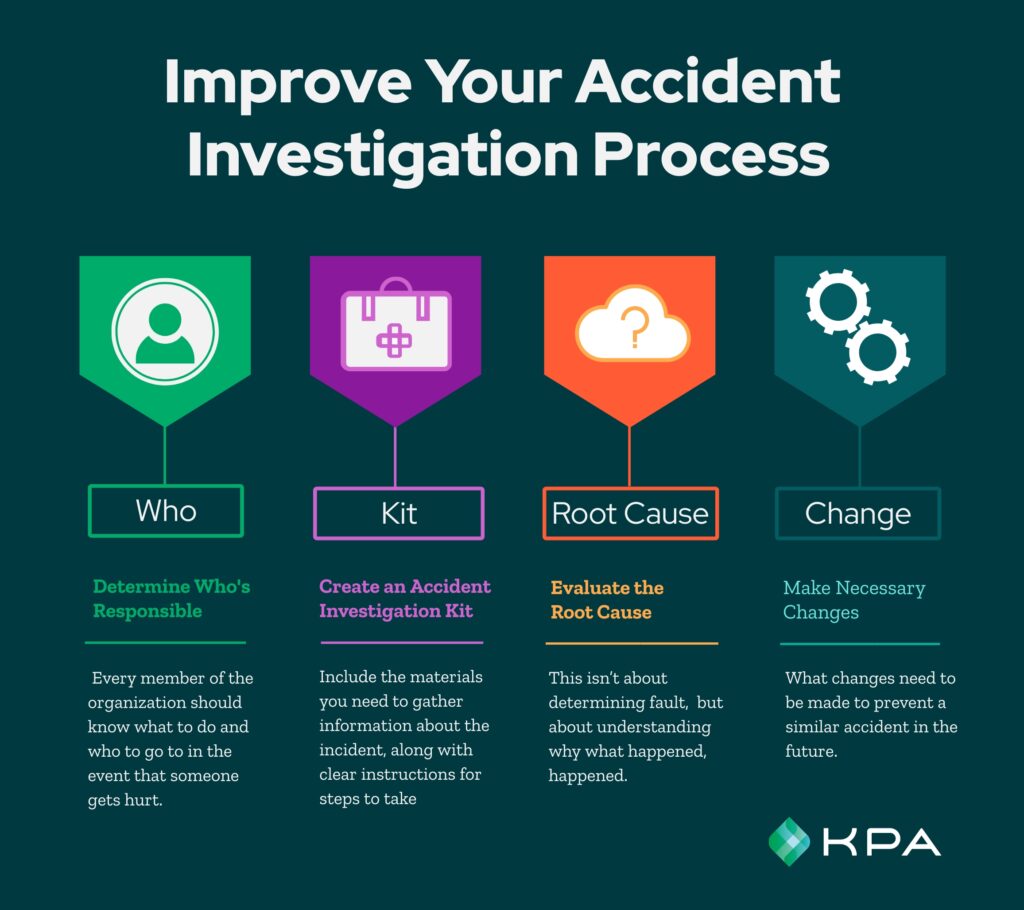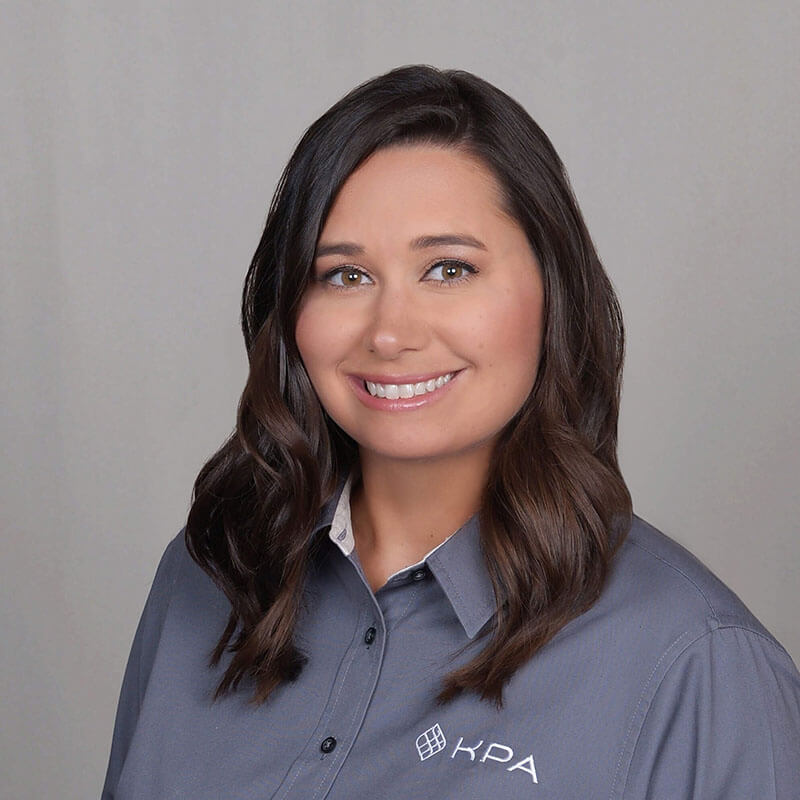It happens suddenly—without warning. You hear a crash, a grunt, a cry for help. An employee is lying on the ground, unconscious, surrounded by broken equipment.
What do you do next?
Are you prepared to respond and take all the proper investigative actions as quickly, safely, and efficiently as possible?
The world’s safest and best-performing organizations know that the smartest way to minimize workforce risks is to standardize accident investigation procedures in advance—before anyone gets hurt. While these organizations work hard to keep their number of injuries and illnesses at zero, they’re aware that accidents can happen regardless of circumstances and controls in place.
Don’t wait until a scenario like the above occurs to find out. If you haven’t fully developed and optimized your accident investigation strategy, the time to do it is now.
Accident Investigations are one of the 4 Pieces of an Audit and Inspection Program.
An accident investigation also serves as a type of workplace safety and health audit. By determining and addressing the cause of an incident, you’ll prevent further (and potentially more serious) incidents from happening in the future. You also might find gaps to close in your safety program—along with opportunities to better adapt your EHS procedures to the specific issues facing your organization.
Here are 4 ways to improve your accident investigation process.

1. Determine Who’s Responsible
For accident investigations to happen efficiently—or to happen at all—the organization needs to identify and communicate responsibility. Which employee or employees will conduct investigations? Who gathers the initial details? Who will be responsible for following up? Every member of the organization should know what to do and who to go to in the event that someone gets hurt.
2. Create an Accident Investigation Kit
Investigations can rarely wait. After all, evidence of accident conditions can disappear within moments following an incident. The key to timely response is a well-prepared accident investigation kit.
This kit should include all the materials you need to gather information about the incident, along with clear instructions for steps to take—preferably in a checklist format. A checklist helps ground the investigation and ensure consistency. This is particularly important during crisis situations, when adrenaline and emotions run high and people might not be able to think clearly.
Other items usually found in an accident investigation kit include…
- barricade tape
- accident signage
- a camera
- a tape measure or another measuring device
- personal protective equipment
- pens and reporting forms
- blank accident investigation forms
Store these items in a small box or another container in a convenient, visible location, so you can grab the kit quickly on the go.
3. Evaluate the Root Cause
After you gather the evidence of an accident, you’ll need to sit down and assess the incident to find out its root cause. This isn’t about determining fault, necessarily, but about understanding why what happened, happened. If you’re new to accident investigations, use some tried and true methods such as the fishbone diagram and the 5 whys.
Whatever approach you use, the goal is to determine why. Keep asking why until you get to the root cause. You might be surprised at what answers you stumble upon when asking why an employee wasn’t wearing the necessary PPE, for instance, or why they were feeling rushed.
4. Make Necessary Changes
Once you get down to that root cause, the next step is to think about what changes may need to be made to prevent a similar accident in the future. What was the outcome of the incident? Does a job, activity, or standard operating procedure need to change? Do we need to retrain employees or stimulate a change in behavior?
In addition to looking at employee injuries, pay attention to property damage, malfunctioning vehicles and equipment, and other potential indicators that change is necessary. Look historically and holistically at patterns and trends to gain deeper insights into your risks and the efficacy of your EHS program.
This is perhaps the most important part of the accident investigation process. The information you collect really matters because it may lead to an improvement.
For more information about using audits to keep your employees safe and minimize your risks, read our articles on regulatory audit best practices and facility audit best practices. Next week, we’ll wrap this series up by looking at the role of safety committee meetings in keeping your people safe and compliant.
Incident investigations are complicated. Fortunately, you don’t have to do any of this alone.
KPA’s workplace safety experts are available on-demand—on-site or remotely—to conduct audits and inspections, or guide you through the process. Contact an expert.
Use KPA digital audit and inspection tools to uncover issues and address them with corrective and preventive actions before an incident occurs. Tailor your EHS inspections to address the areas of risk specific to your facilities.
